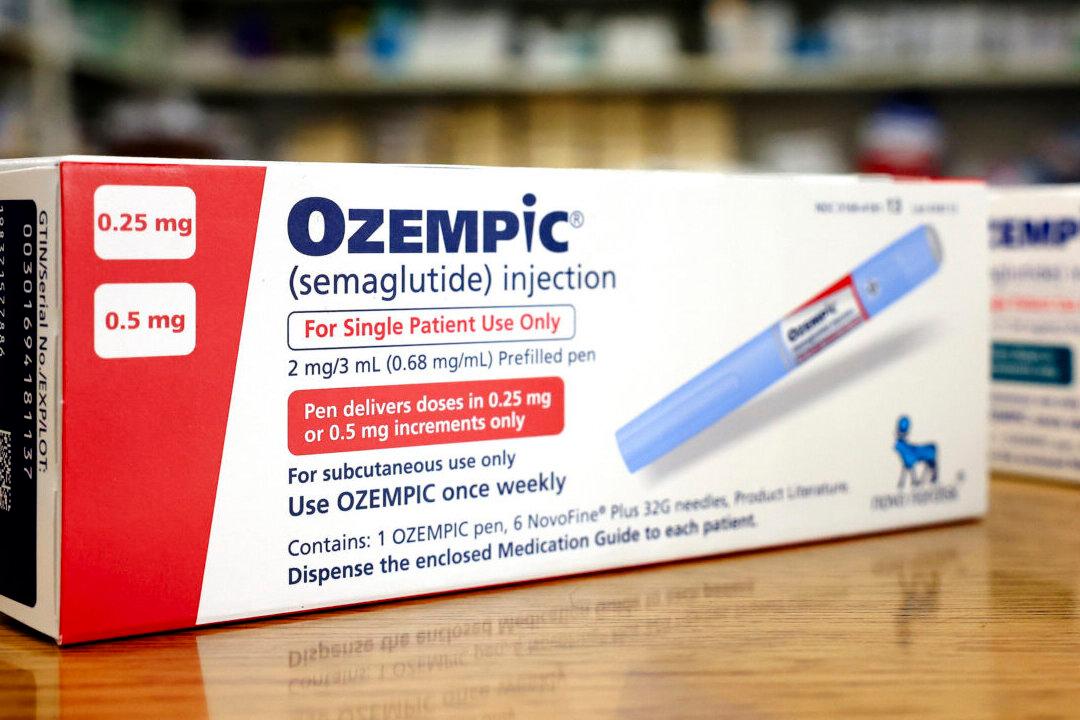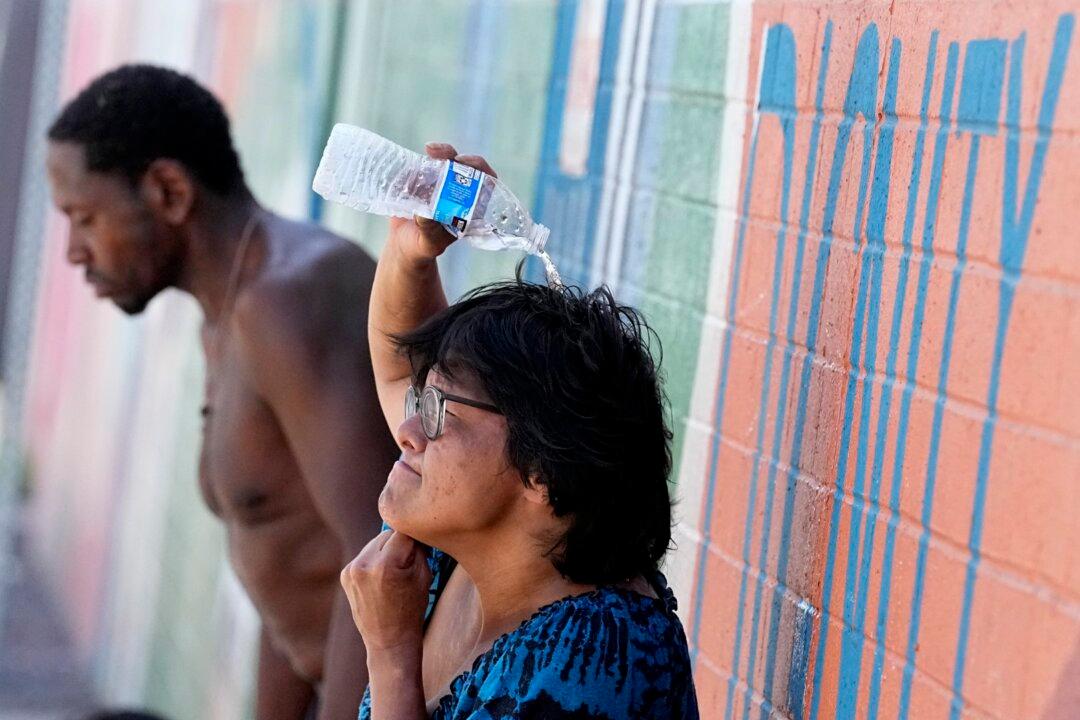Florida’s fentanyl crisis is a “revolving door of overdose,” a top health official says.
According to Centers for Disease Control data, there were 7,738 reported overdose deaths in Florida between May 2020 to May 2021. From May 2021 to May 2022, that number rose to 7,942. According to Dr. Kenneth Scheppke, Deputy Secretary for Health at the Florida Department of Health (FDH), problems with illicit substances in the United States are nothing new, but they have become far more deadly because of fentanyl.





